The Real Value of 3D Scanning and its Applications
The human desire to create and replicate three dimensional objects is nothing unusual. Mankind have been doing it for thousands of years using an array of materials. Far more recently came the introduction of computers, which has revolutionised every aspect of life as we know it. Computers paved the way for dozens of new technologies and in the late 1960’s the first 3D scanning technology was developed. Things have moved on considerably, and now the ever emerging world of 3D technology continues to disrupt a range of industries.
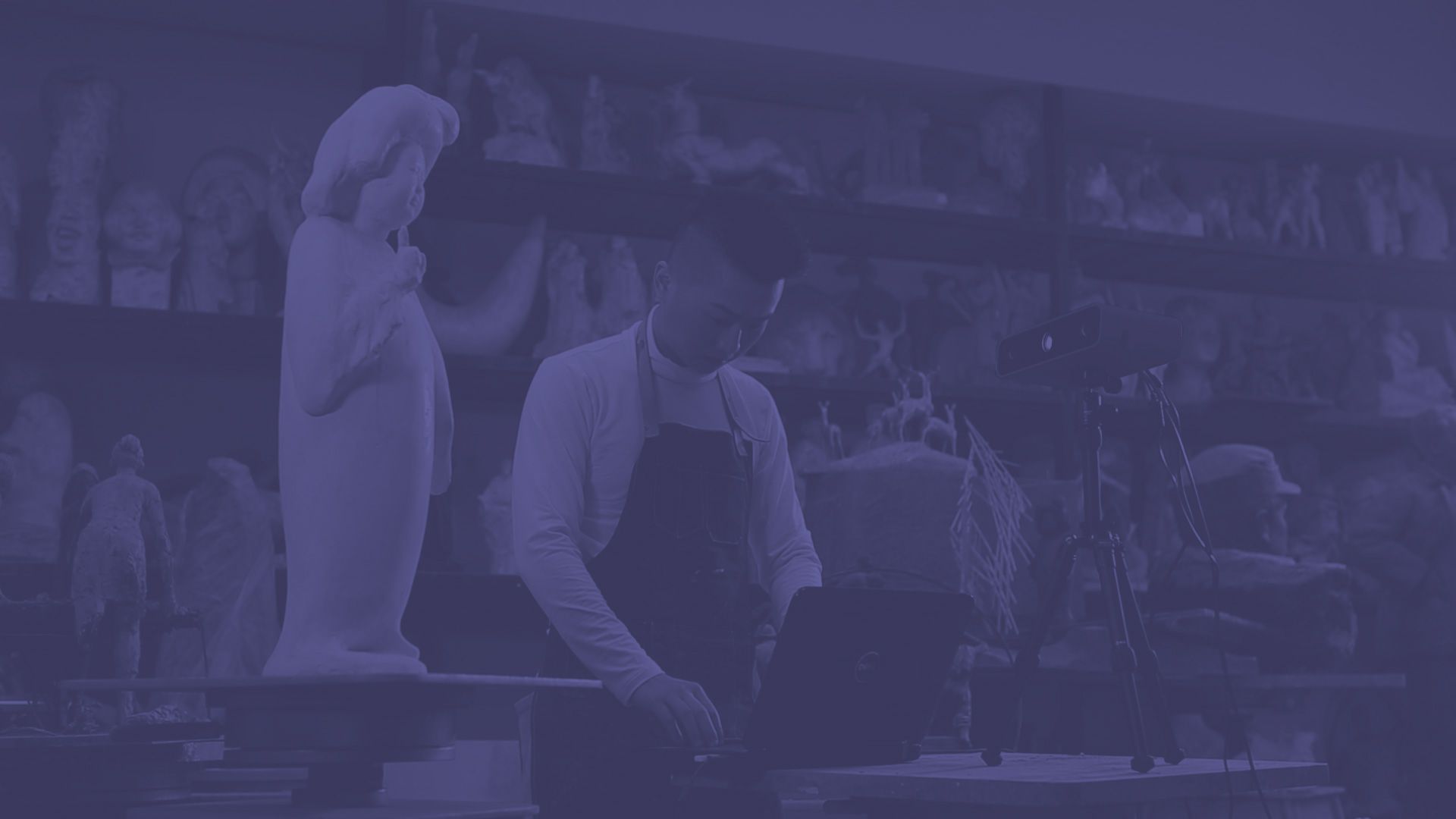
5th July 2017 • News
3D Scanners have continued to considerably improve upon their technology whilst becoming more affordable, smaller and much easier to use. Today, we are going to look at some of the real world applications of 3D scanning.
Education
3D scanning is starting to become prevalent in classrooms all around the world. By using sculpting clay or a similar medium, students with very limited 3D CAD modelling skills are able to create and 3D print completely unique models that would be near impossible to produce using software only.
We are huge advocates of 3D scanning in the classroom and recently started work on a lesson plan that involves students’ designing, scanning and printing their very own ergonomic pen. Going forward we will be creating a number of lesson plans that combine the use of 3D scanning and 3D printing.
At PrintLab, a key focus is on 3D technology in education and we often consult our global network of PrintLab Pioneer Teachers to gauge curriculum requirements and opportunities. Many teachers agree that 3D Scanning sits perfectly alongside 3D printing in teaching key curriculum principles and allowing for unique 3D model creation.
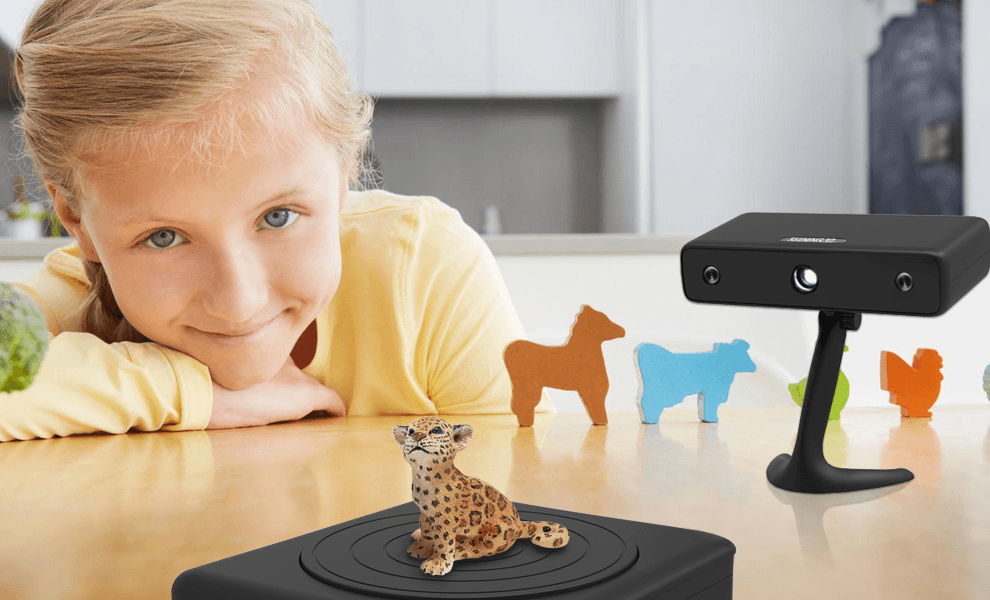
Architecture
The ability to scan and analyse buildings in high detail makes 3D scanning a hugely attractive proposition when conducting architectural surveys. 3D scanning provides the user with extremely accurate measurements and the ability to fully utilise, visualise and modify data with CAD. The ability to rapidly capture high accuracy information means vast savings in productivity and time, which of course is important when delivering results to a client.
As well as for surveying purposes, 3D scanning is a perfect solution when looking to reverse engineer, whether that be for a building exterior or even some internal furniture. One company we spoke with recently required detailed scans of some exterior details that had degraded. The objective was to produce replacement cladding using modern materials, whilst replicating the look and ageing profile that previously existed.
Art/History
3D Scanning is increasingly being used amongst artists and art historians. The scanning of artefacts to create reproducible 3D printed versions or for archiving and curating is one of the major uses within this industry. 3D scanning enables every form of culture heritage to be classified, measured, analysed and even shared amongst the researcher community.
Perfectly identical, richly detailed, true-to-scale copies of a piece or sculpture also represent an opportunity, not only to preserve but to teach and allow those interested to get hands-on without risking damage to a priceless item. Perhaps an art historian is looking to restore an artefact that has degraded over time? 3D scanning is the perfect technique for assisting with effective restoration and conservation.
Artists can use 3D scanning to add real life objects and imagery to their work. We recently spoke with a homeware designer who wanted to scan natural materials such as leaves and feathers and incorporate them in to his designs, for example on a decorative vase or bowl.
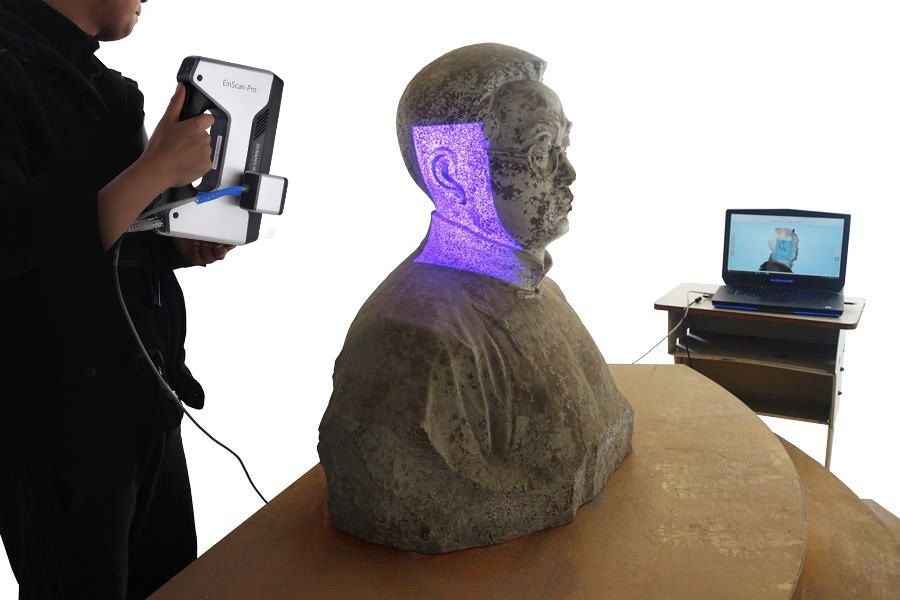
Medicine/Health
Of late, 3D technology has proven to be a crucial tool within health related industries. Personally, a favourite application for 3D technology across all industries is that of prosthetics. 3D scanning enables the design and production of a prosthetic limb that is measured to a remarkable accuracy, meaning maximum comfort, mobility and reduction in pain. Coupled with 3D printing, this process is a fraction of the time and cost of traditionally used methods.
Increasingly, 3D scanning is also being used by health professionals for detailed study of body parts, for example prior to a surgical procedure. Thorough planning and preparation of the site gives doctors and surgeons the opportunity for more informed decisions and improved rates of surgical success. Our official PrintLab partner for Philippines recently used Einscan’s entry level 3D scanner offering to demonstrate the effectiveness and ease of use when scanning body parts.
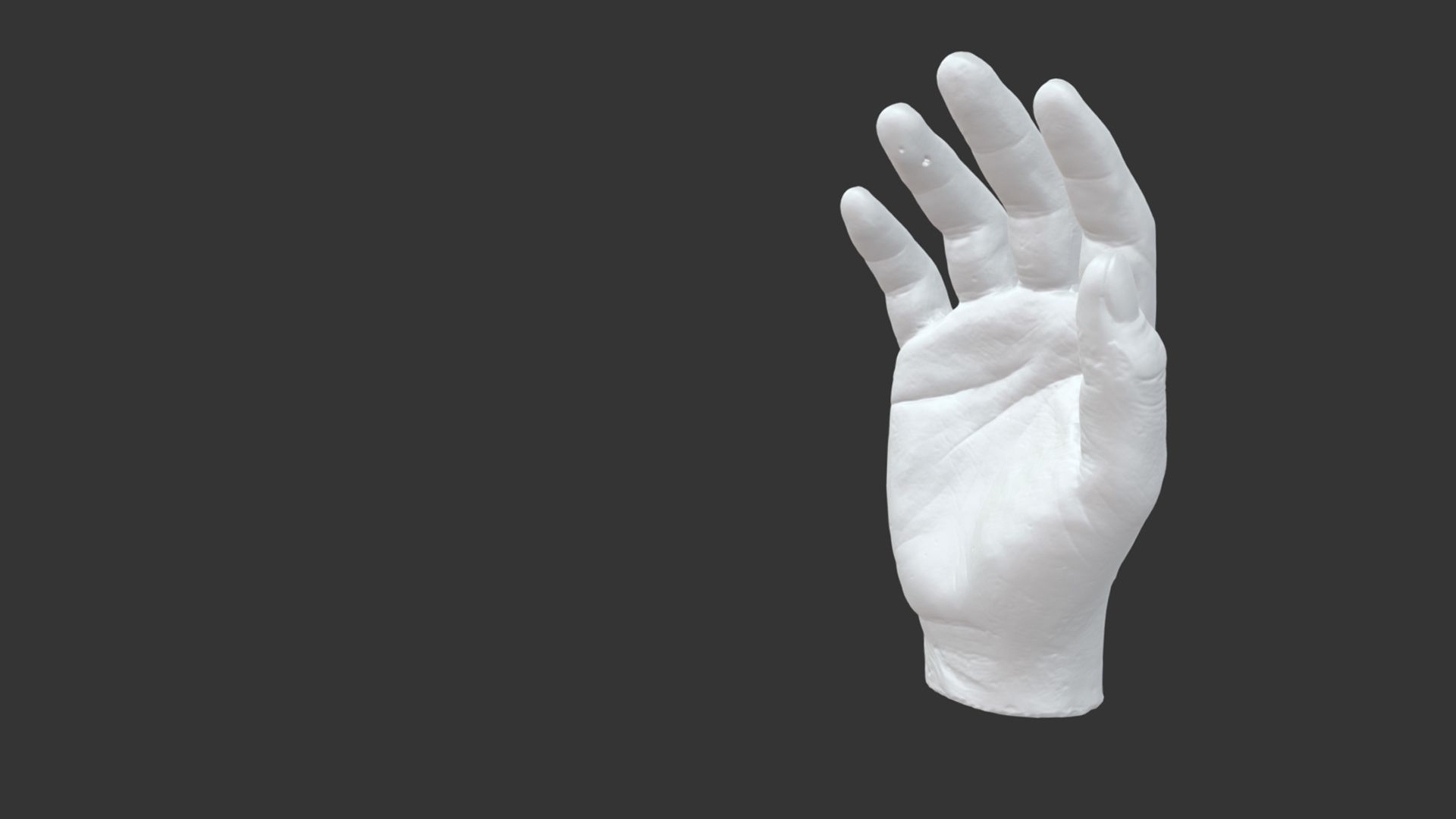
Engineering
Another area with huge potential for 3D scanning is engineering. The ability to scan any object and then use CAD for modification makes both reverse engineering and rapid prototyping an extremely streamlined process. Detailed measurements can be performed and investigation in to mechanical properties is simplified.
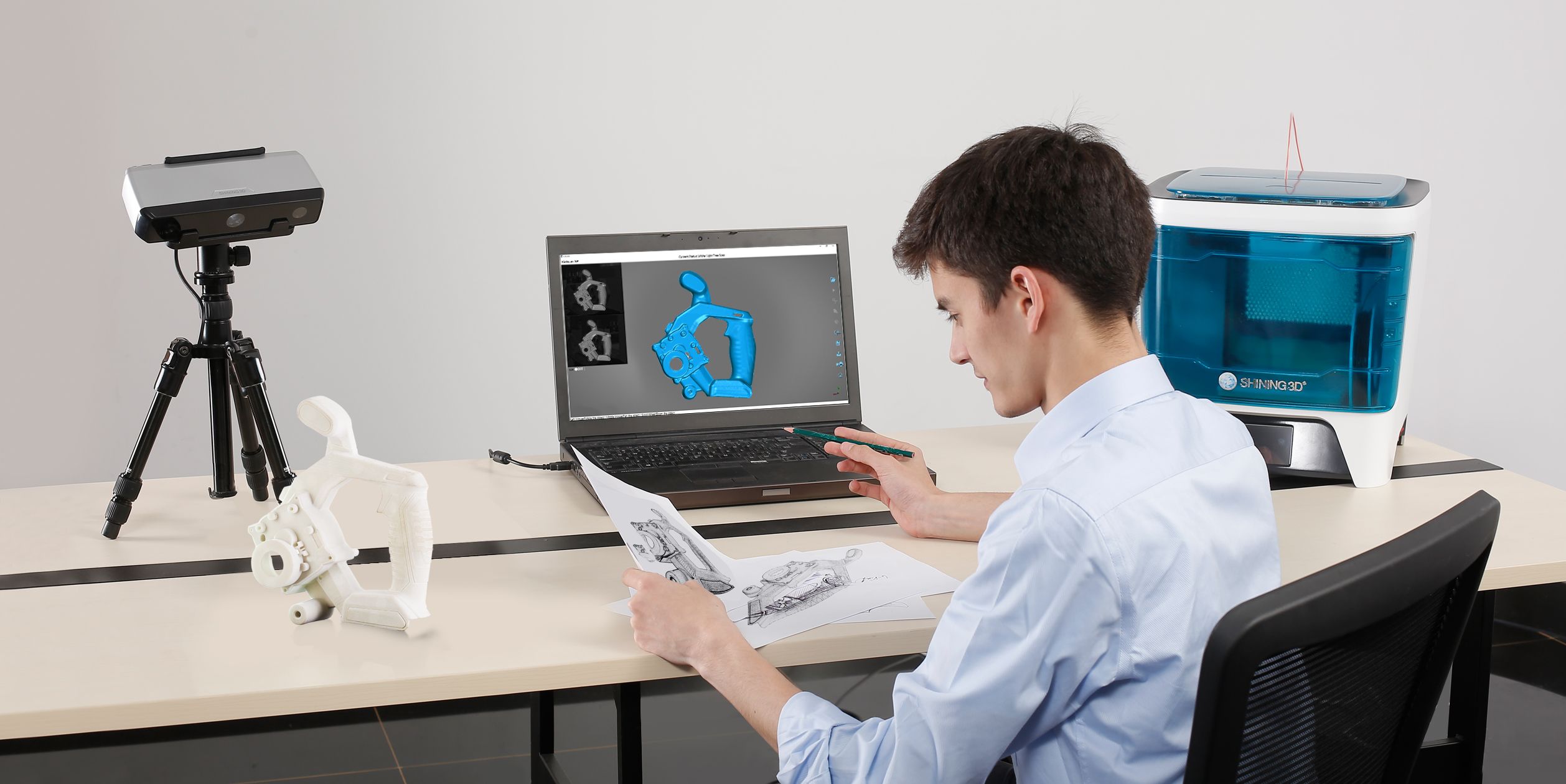
Design
In a similar respect to engineering, rapid prototyping and reverse engineering are fundamental to the design of most products. When working with demanding clientele, any techniques that assist in better results and a faster turnaround are often welcomed. The introduction of 3D scanning certainly provides this.
As we continue to design and develop more effective materials for a range of purposes, we commonly look to mimic natural materials for their superior properties, be it plant structures or even fossils. What better way to study these complex arrangements and create a new design than through scanning and studying in high resolution.
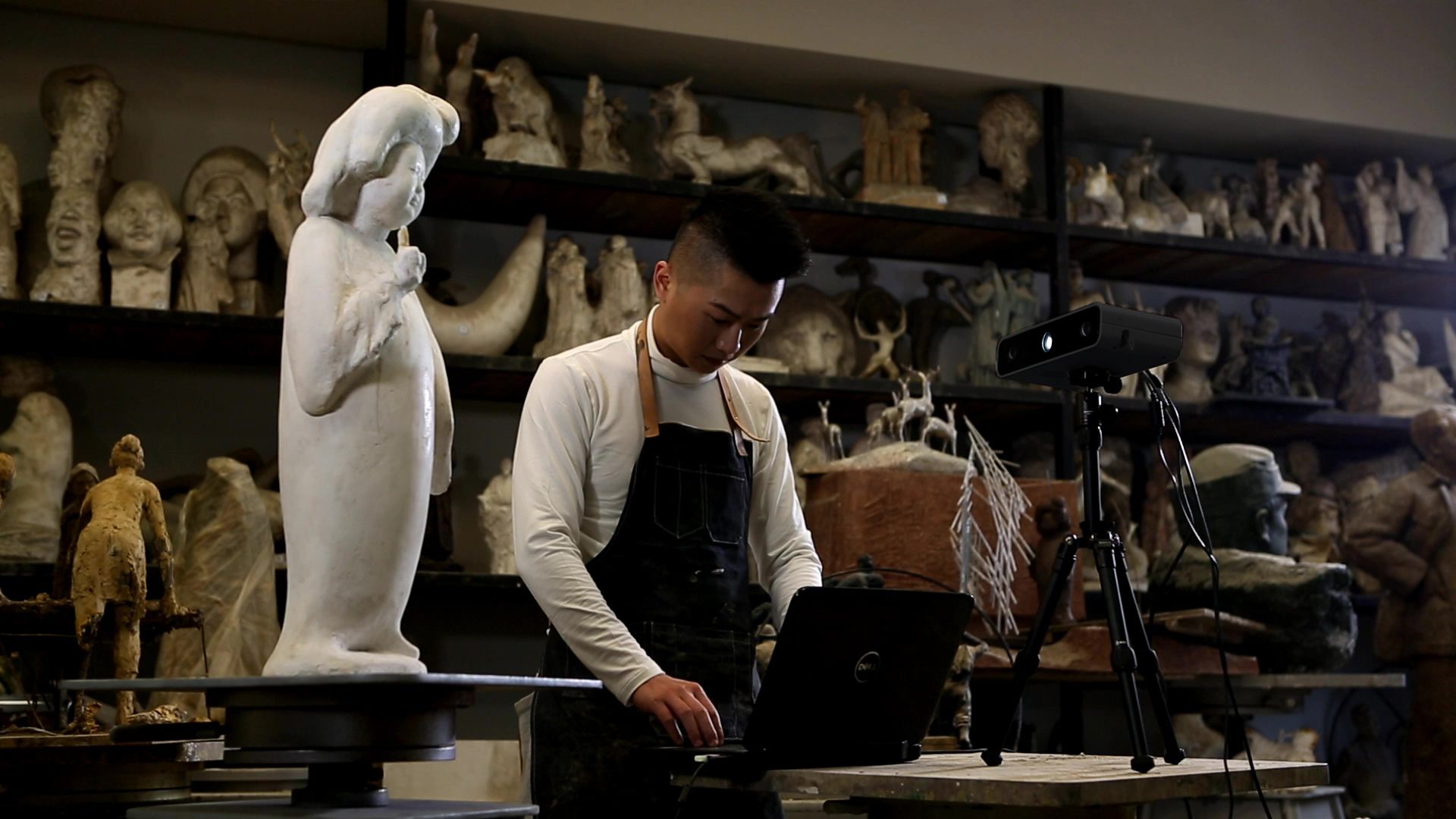
Science/Research
3D scanning permits the detailed study of any object. At any one time, research fellows around the world are studying an infinite array of materials. From advanced topography to optical measurements and archiving, the introduction of 3D scanning opens up lot of possibilities.
Researchers at Drexel University have recently begun 3D scanning and printing dinosaur fossils and building their very own scaled-down robotic replicas. The objective is to see how their bones interacted with one another to create movement and respond to environmental stresses.
Full Body Scanning
With 3D technology comes the endless possibilities of customisation. Since no two human bodies are the exact same, what better subject to use when creating a unique 3D model. There are numerous services opening up around the world that enable the user to be 3D scanned and take home their very own 3D printed replica model of themselves.
Aesthetic body analysis, avatar creation and custom fitted clothing are just a few more of the applications concerning full body 3D scanning.
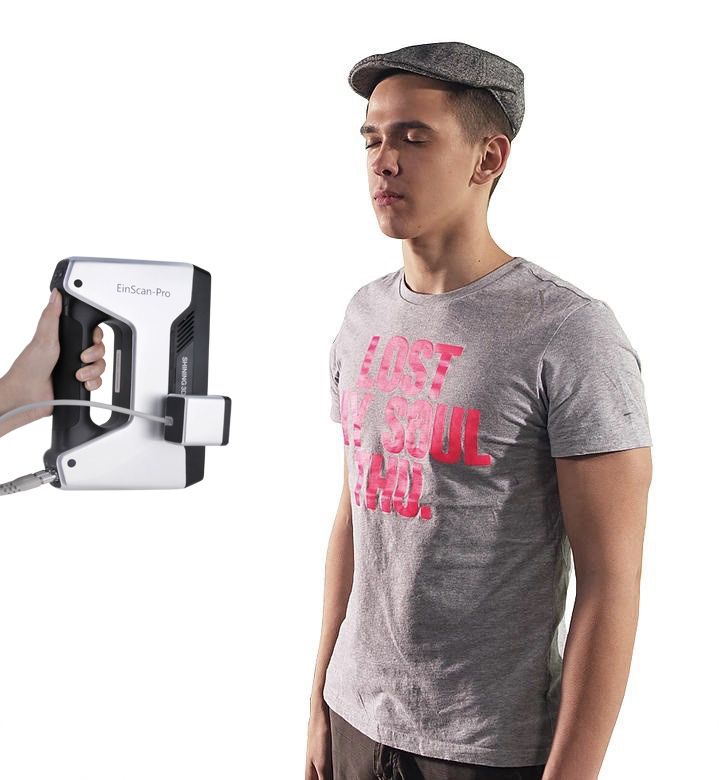
Virtual Reality/Animation
The gaming industry is currently experiencing rapid advancement and 3D scanning appears to be playing a key role in this growth. The scanning of both people and environments is being performed to provide realistic simulation through gamification.
The recent advent of affordable virtual reality headsets is also proving to be a driving force in recent advancement and the increased use of 3D scanning. Major games developers have been creating gaming characters with 3D scanning for some time, however as ease-of-use and affordability improves, more small-medium game and app developers can use 3D scanning to give gamers a better user experience.
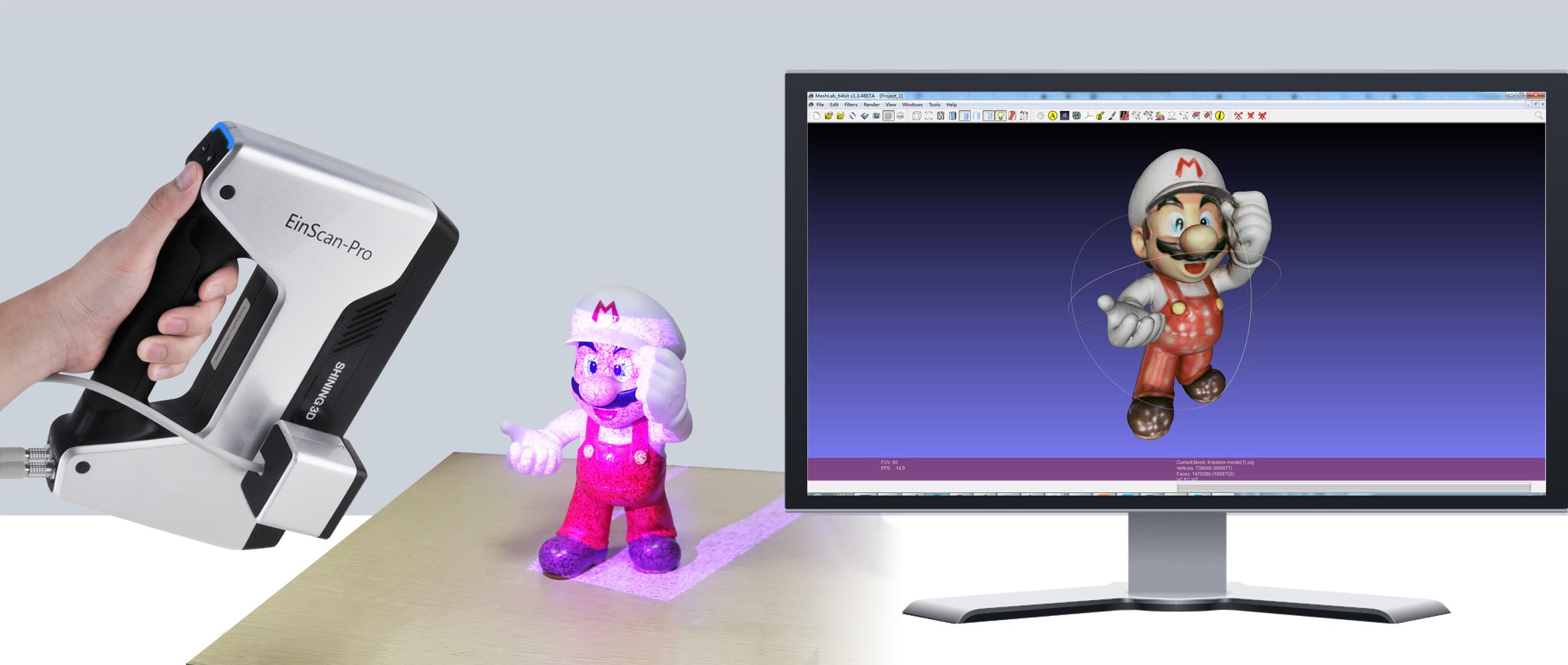
If you’re interested in participating in exciting 3D scanning projects, check out our free trial to PrintLab – an online library of 3D design, 3D printing and 3D scanning projects.